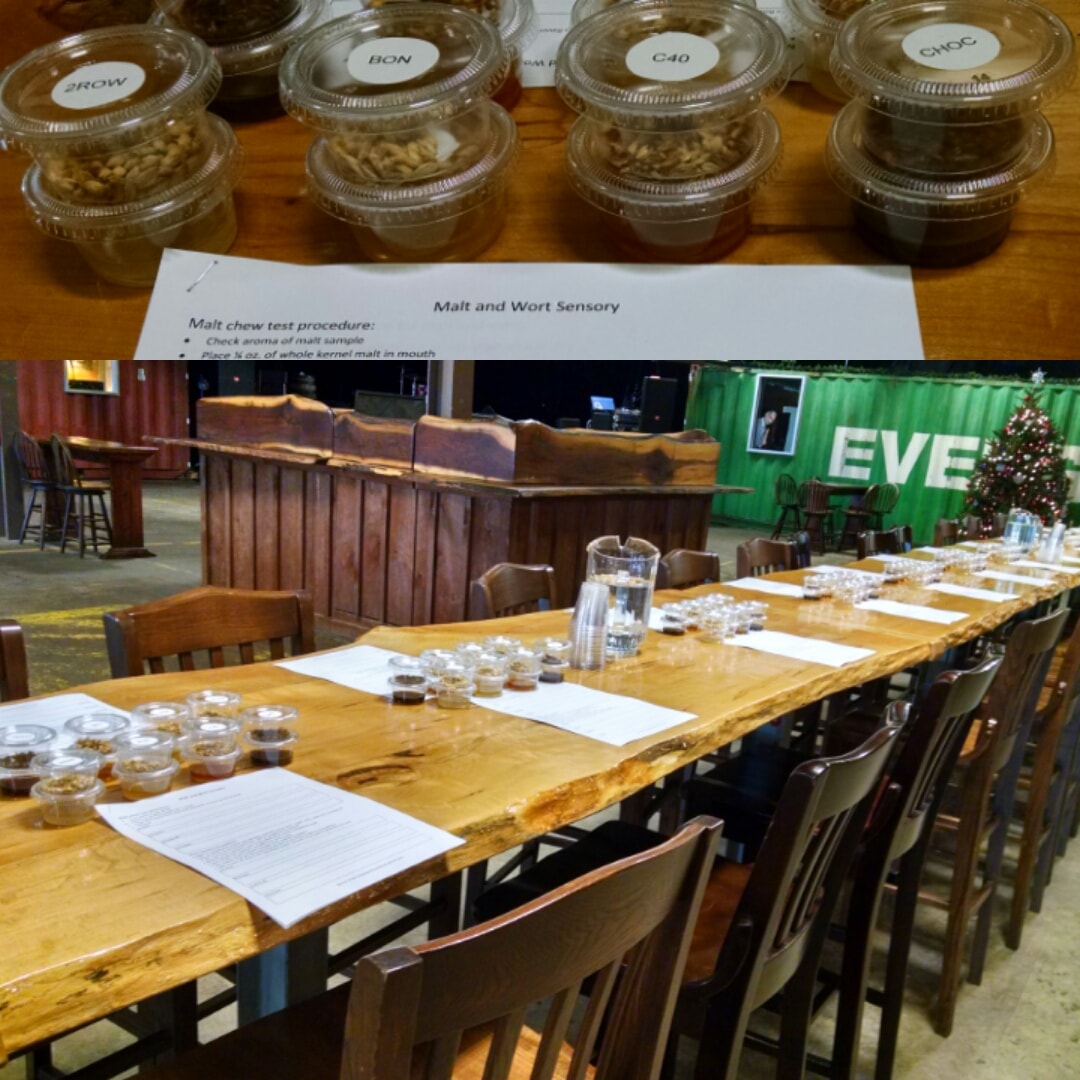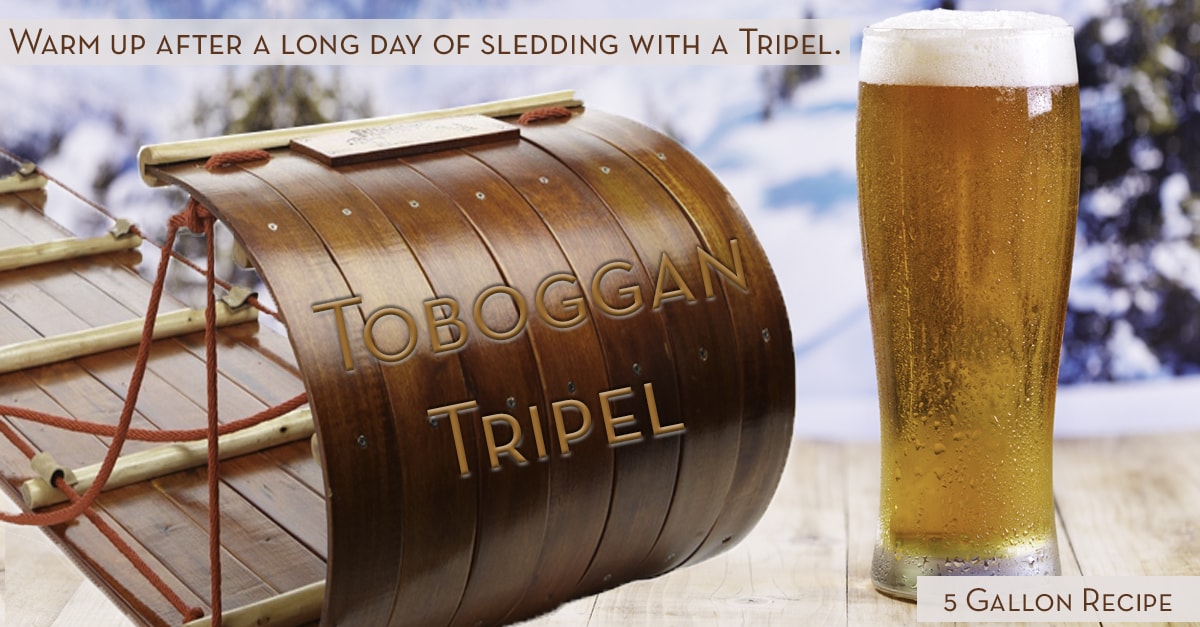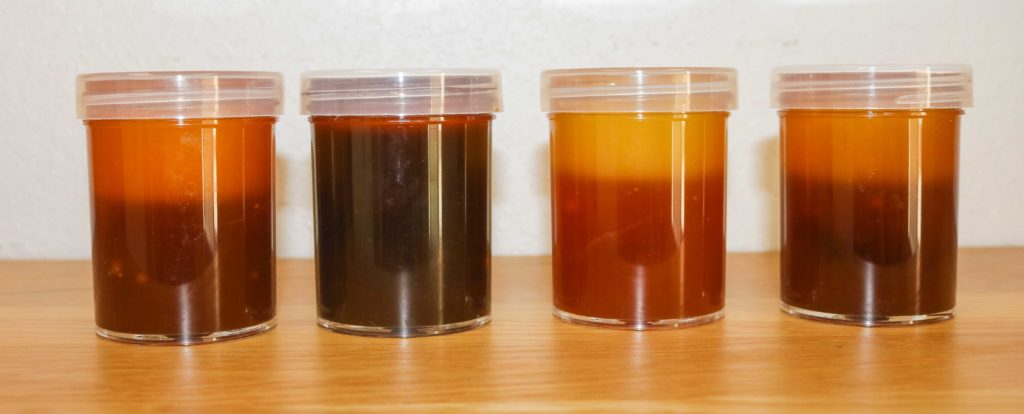
What is an Extract Exactly?
Extract, or what we like to call Concentrated Brewers Wort® (CBW® for short) is malt that has been ran through our mill and mashed. The wort is then separated from the spent grain and transferred into a brew kettle to be boiled before being sent to a dryer or evaporator. Wort that is ran through the dryer is concerted into Dry Malt Extract (DME), and liquid wort that is sent to the evaporator is concentrated to 80% solids to create a Liquid Malt Extract (LME). So in a nutshell, we’ve done all the mashing and steeping for you to save you time and energy on brew day.
Understanding the Elements before You Even Open Your Canister
When brewing with LME extracts, you must consider the elements that could affect your ingredient. The number one enemy of liquid extracts is heat. If a CBW® is exposed to temperatures above 80° prior to brewing, it can be detrimental to the overall taste and color of your brew.
Just as heat changes the color of your grains in a steep, it also has an effect on the product in a canister over time. CBW®s will experience a Maillard reaction at various temperatures and periods of time. A CBW® stored at 60° will experience minimal browning over a six month period, where as a CBW® stored at 90° on a hot summer day in a truck or warehouse will see exponential browning in just a few days. This rapid change can lead to an undesired sharp malty or tangy flavor in your brew.
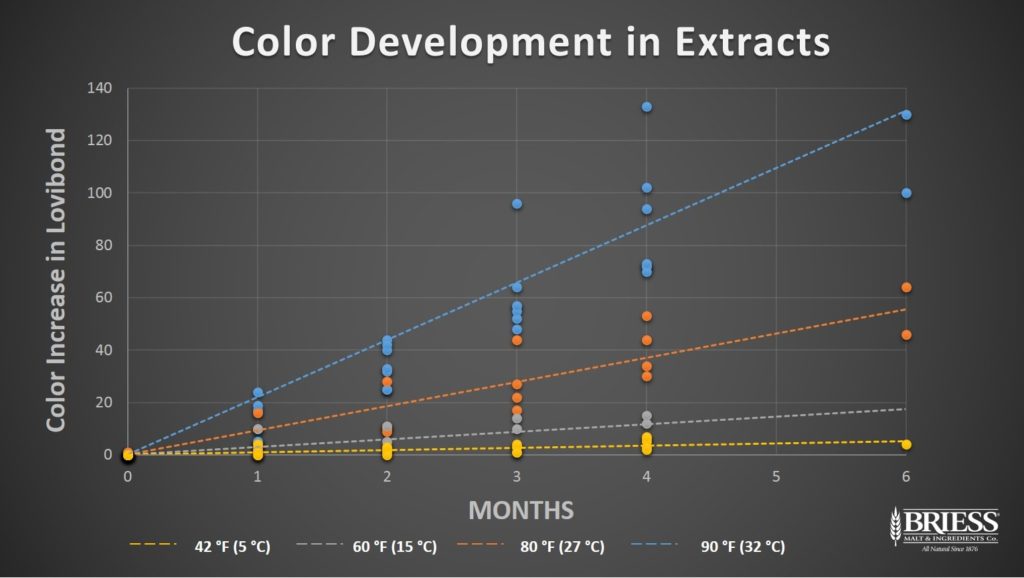
Storing your CBW®
While you can’t change the way the your extract was shipped to your local homebrew store or even how they stored the product, you can check the date to ensure you are getting the freshest product available and then properly store at your home.
When properly stored, LMEs will keep for two years, and DMEs have an even longer shelf life. If you purchase an LME and do not intend on using it right away, a safe option is to place it in your freezer. This will keep the integrity of the malt extract without changes in flavor or color. However, you’ll want to keep in mind that the second you pull it out of the freezer you will be exposing it to a drastic temperature change and will want to use it right away.
Refrigerating your malt, while it may seem like an ideal solution to keep it at a cool temperature, may lead to humidity exposure and condensation build up within the jar. This then becomes prime conditions for mold, as mold loves water and sugar.
If you do experience minor molding at the top of your extract, you can usually salvage it by simply scraping the top layer off. This is because the mold actually does not grow in the malt, rather in the droplets of water that were released from them extract. Thus, the mold has little effect on your overall brew, but your extract may have been exposed to temperature swings that could change the flavor.
Determining When Your CBW® was Manufactured
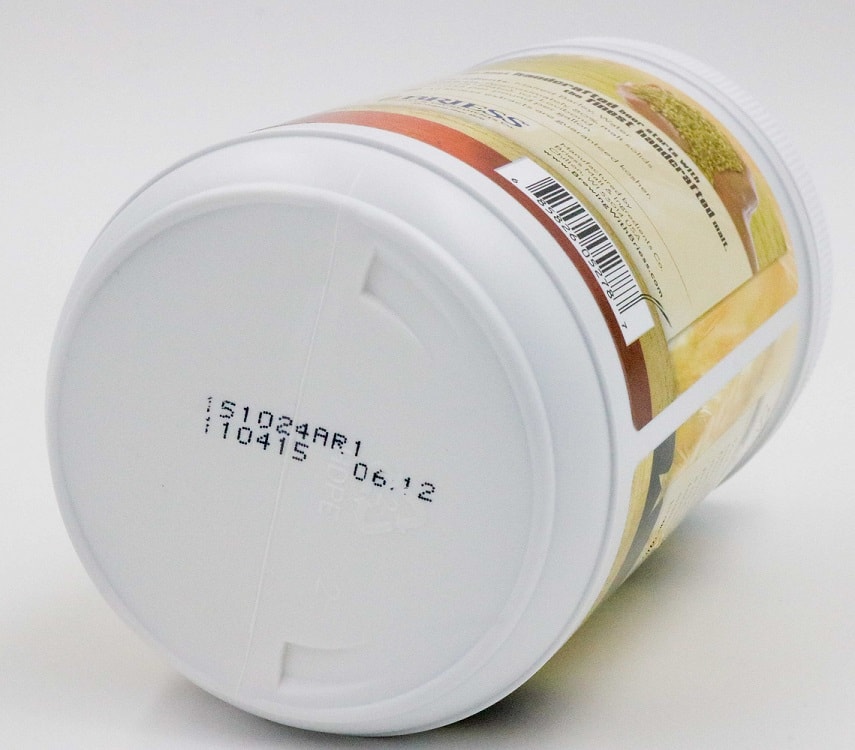
As previously mentioned, another way to safeguard yourself from odd flavors is to get the freshest extract available at your local homebrew store. To determine the date your CBW® was produced and estimate its shelf life, you simply need to flip the canister upside down and read what’s known as the lot number.
IF ONLY ONE LOT NUMBER
The Briess lot number is generally a 6-digit number. This number represents (from left to right) the year, month, date the extract was manufactured (YYMMDD). For example, if on the bottom of your canister, you have a number that reads: 151024 your extract was manufactured October 24, 2015.
IF THERE ARE TWO LOT NUMBERS
You may incur two numbers on the bottom of your canister. The top number will have a 6-digit number, followed by a letter and end with R1. The second line will contain a 6-digit number and a time stamp. The R1 in this lot code indicates it was repackaged. This is not uncommon, as most extracts are packaged into large totes for storage after they come out of the brewhouse. They are then repackaged into smaller 3.3 lbs. and 6.6 lbs. canisters at a later date. The top number is the date the canister was originally manufactured (YYMMDD), and the bottom number represents the date and time the extract was repackaged (MMDDYY).
For example, if you have a canister that reads:
151024AR1 YYMMDD, Run, Repackaged 1
110415 06:12 MMDDYY and Time
Your canister was originally manufactured on October 24, 2015 during the first run (A) and packaged into a tote (R1). Then it was repackaged into a smaller canister on November 4, 2015 at 06:12 AM.
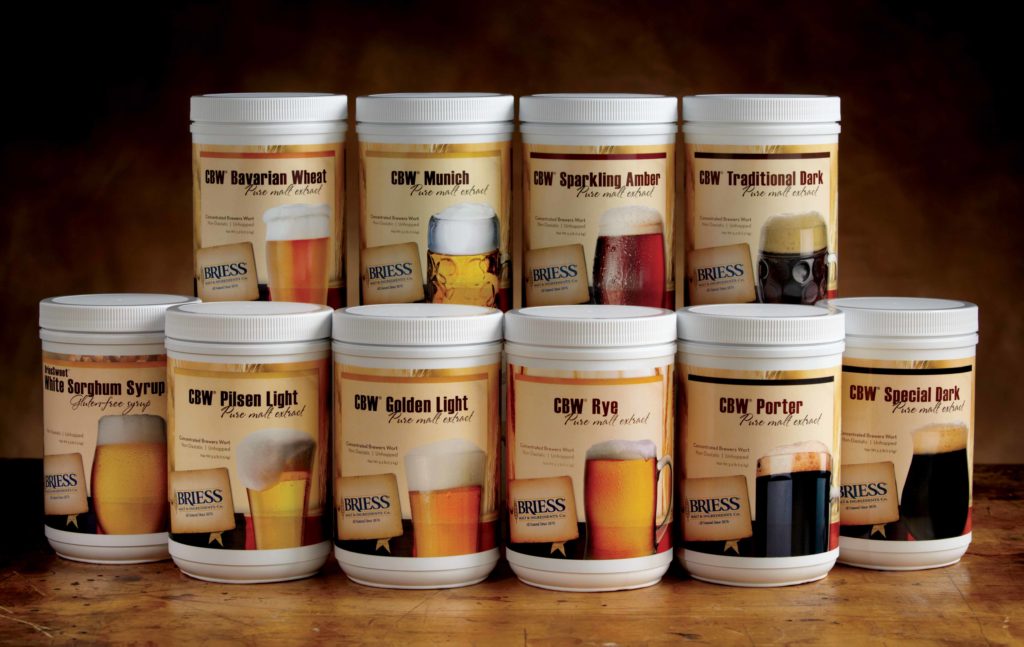
The Bottom Line
The bottom line is the fresher the CBW® the better favor and color attributes you will have. This can be ensured by checking the lot code at the bottom of your canister and properly storing the extract in a cool room or freezing it until it is ready to be used. It is also key to make sure your canister is properly sealed, not allowing any moisture in.

